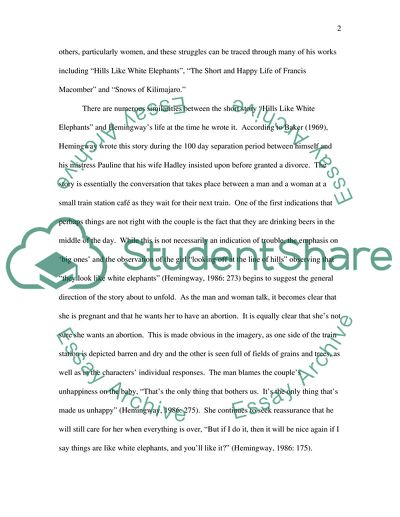Cite this document
(Unhappy Relationships in Hemingway's Life and Fiction Book Report/Review, n.d.)
Unhappy Relationships in Hemingway's Life and Fiction Book Report/Review. Retrieved from https://studentshare.org/biographies/1543037-unhappy-relationships-in-hemingways-life-and-fiction
Unhappy Relationships in Hemingway's Life and Fiction Book Report/Review. Retrieved from https://studentshare.org/biographies/1543037-unhappy-relationships-in-hemingways-life-and-fiction
(Unhappy Relationships in Hemingway'S Life and Fiction Book Report/Review)
Unhappy Relationships in Hemingway'S Life and Fiction Book Report/Review. https://studentshare.org/biographies/1543037-unhappy-relationships-in-hemingways-life-and-fiction.
Unhappy Relationships in Hemingway'S Life and Fiction Book Report/Review. https://studentshare.org/biographies/1543037-unhappy-relationships-in-hemingways-life-and-fiction.
“Unhappy Relationships in Hemingway'S Life and Fiction Book Report/Review”, n.d. https://studentshare.org/biographies/1543037-unhappy-relationships-in-hemingways-life-and-fiction.


